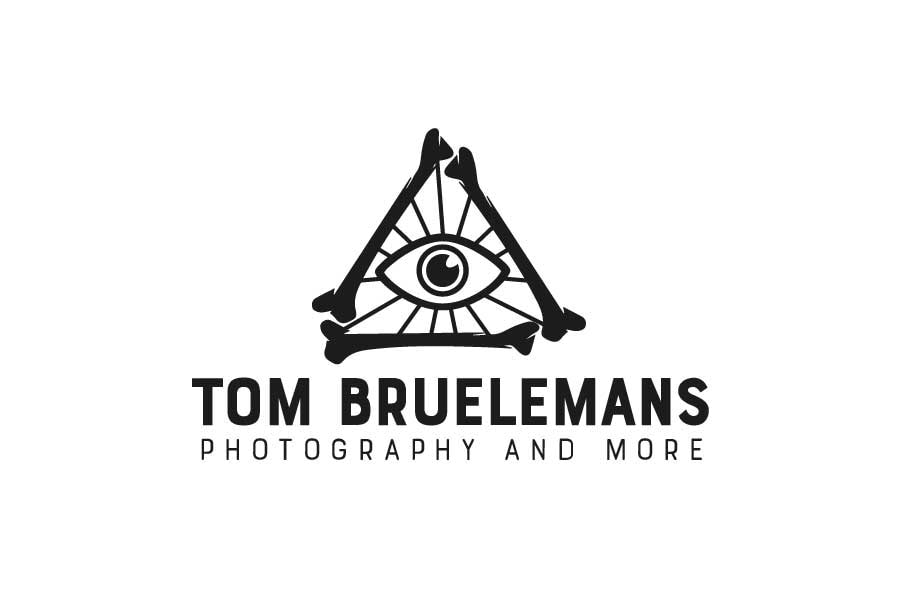|
The Newfoundland Memorial at Gueudecourt. Why this journey?
Battlefield Photography I focussed on his story in France and visited the small village of Englebelmer, where he was billeted before the battle of the Somme and practised for the upcoming battle and trench raids. I followed his footsteps in the Newfoundland Memorial Park at Beaumont-Hamel and finally visited the village of Gueudecourt and the fields around it, the place where George went missing during the raid on Hilt trench. George Phillips' arrival in EnglebelmerMain road of Englebelmer, where the church is situated. The town hall of Englebelmer, further on the Main Road. Main road to the village Vitermont, which is situated right beside Englebelmert. View towards the Newfoundland Memorial Park at Beaumont-Hamel, taken from the outskirts of Englebelmer. The battle of Beaumont-HamelThese are the grounds where George did the trench raids (he was posthumously awarded for his actions) and where he got wounded on 1st of July 1916. Newfoundland Memorial Park, Beaumont-Hamel, on a rainy day. The great Caribou watches over the fallen Newfoundlanders. One of the 3 bronze tablets beneath the Caribou. These bronze tablets carry the names of 820 members of the Royal Newfoundland Regiment, the Newfoundland Royal Navy Reserve and the Mercantile Marines who gave their lives in the first World War and have no known grave. Private George Phillips was one of them.
The remains of the Danger Tree, still standing there after al these years. It marks the furthest point of advance of the Newfoundlanders on the July the 1st 1916. View from the Danger Tree, across no man’s land. The Newfoundlanders had to cross this terrain during their attack on the German frontline.
Source: http://ngb.chebucto.org/NFREG/WWI/ww1-add-morry726-memoirs.shtml Newfoundland Memorial Park, Beaumont-Hamel. View towards Y-Ravine. This terrain is covered with shell holes. This is the location of Y-ravine: the home of the German 119 Reserve Infantry Regiment, who were defending Beaumont-Hamel. The infantry, with soldiers having a mining background, made deep dugouts and fortifications into the side of the deep Y-shaped ravine. They sheltered and protected the German soldiers during the bombardments before the attack. Terrain over which George Phillips attacked the German frontline. The danger tree is situated on the right side (outside of this picture). View towards the location of the Hawthorn mine, which went of on the 1st of July 1916. The explosion of this mine is something that George Phillips must have seen and heard, as he waited in the trenches. The famous Sunken Lane is on the left side of the picture. The fighting at GueudecourtGueudecourt, Rue de Miraumont. Leading to the center of this small village. The old cemetery of Gueudecourt. The starting positions of the Newfoundland Regiment in the far distance on the right. Gueudecourt. View from the starting positions of the Newfoundlanders towards Hilt Trench. Gueudecourt. In the far distance you can see the sun standing above the Caribou Newfoundland Memorial.
After the assaultDuring the 55 hours between entering the trenches on October 10 1916 and the end of the battle, the Newfoundland Regiment suffered 239 casualties. 120 of these men were killed. George Phillips was one of them. He would never return to Whitbourne, Newfoundland. His remains are still resting in the French soil near Gueudecourt. He was posthumously awarded with the Military Medal and the Russian Medal of St. George, Third Class, for the bravery he showed at Beaumont-Hamel.
Source: http://www.rnfldr.ca/history.aspx?item=144#Newfoundlanders%20at%20BH This visit and my whole journey was kind of an emotional and personal thing. A sort of pilgrimage I think. Strange to feel connected with someone you never knew or met. As I walked down the old trench line, the lyrics of the song The green fields of France kept repeating in my head. The trenches have vanished long under the plow, No gas, no barbed wire, no guns firing now Please reply to this post and join us in remembering private George Phillips and all the other soldiers who where killed during the battlefield of the Somme or elsewhere on the front. Thank you for sharing our blogpost. Tom and Sarah Battlefield Photography Sources Many thanks to a relative of Newfoundland soldier George Phillips. She was kind enough to share all the research she had done! https://www.therooms.ca/sites/default/files/phillips_george_1164.pdf http://www.rnfldr.ca/history.aspx?item=144#Newfoundlanders%20at%20BH http://ngb.chebucto.org/NFREG/WWI/ww1-add-morry726-memoirs.shtml http://www.heritage.nf.ca/first-world-war/gallery/virtual-scrapbook/index.php Want to learn more? Read more about Private George Phillips' story: https://www.therooms.ca/sites/default/files/phillips_george_1164.pdf Check out our blogpost on Beaumont-Hamel: The tragedy of the Newfoundland Regiment (Photo Blog) Watch these short movies on The Newfoundland Regiment and its battles
ABOUT OUR BLOGWe take you along our photographic journey through the World War battlefields in Belgium and France. With our black and white photographs and self written poetry, we share our impression of these historic, heroic and tragic events.
7 Comments
Viney West
10/17/2017 17:51:44
Private George Phillips was my Grandfathers Brother God Bless Him he makes us so proud
Reply
Battlefield Photography
10/23/2017 14:27:07
Dear Viney
Reply
Matthew J Ryan
6/1/2021 20:22:48
The Russians don't give those medals out for nothing. My Great Grandfather was a goddamn dragonslayer.
Elizabeth Parrott
4/20/2020 00:44:40
Private George Phillips was the great-uncle of my mother, Irene Phillips-Hackett, who was raised in Whitbourne. My daughter, Charlotte Parrott, researched the footsteps of her uncle George as part of her Grade 8 Social Studies curriculum. She was chosen to represent Newfoundland and Labrador as an Ambassador Award Winner in 2015. As part of a group of 18 students, she toured the battlefields of Europe and paid tribute to the sacrifices of the Royal Newfoundland Regiment there. She was chosen to lay a wreath on behalf of the NL government at Gueudecort, in a very heartfelt and emotional ceremony.
Reply
Battlefield Photography
4/20/2020 11:06:23
Dear Elizabeth,
Reply
Felicia
11/11/2021 17:01:07
There is a monument in Toronto at the Mount Pleasant cemetery and cremation centre. Just outside one of the crypts. George Phillips was my great, great uncle; I found it by surprise while attending a memorial service.
Reply
Leave a Reply. |
Battlefield PhotographyVisiting the former battlefields for the last 20 years, Tom was always attracted to the stories behind them and the men who fought and died there. He decided to combine his love for war history with the other things he likes, such as photography and writing. Together with his wife Sarah he founded "Battlefield Photography".
Your subscription could not be saved. Please try again.
Your subscription has been successful. Please check your email and confirm your email address so we know that you are human :) This protects us from spam!
AboutTom Bruelemans
Author Photographer History addict Left side of the bed Sarah Eelen
Editor Designer Travel Mate Right side of the bed Recent PostsLest We Forget
George Theodore Snelling William Edward Hipkiss Sydney Edmund Ellis George Phillips John Edwin Greenwood MacCulloch and Edwards Poetry
The Somme Archives
February 2018
Categories
All
Unless otherwise indicated, this website and all images within this site are the property of Tom Bruelemans Photography.
|
|
BASED IN BELGIUM
STEENWEG OP ASSE 99A | 1785 MERCHTEM CONTACT TOM BRUELEMANS GSM +32 499 800 561 [email protected] |
COPYRIGHT © 2020 TOM BRUELEMANS PHOTOGRAPHY & MORE
BTW BE0598848108 | IBAN BE71 1030 3796 5969 | BIC NICA BE BB
- You may share content from our website for personal and non-commercial use, or for non-commercial education or information purposes only. Please cite this website (www.battlefieldphotography.be) as the source and credit Tom Bruelemans.
- Commercial use and distribution of images of the website is not allowed without express and prior written consent of the author.
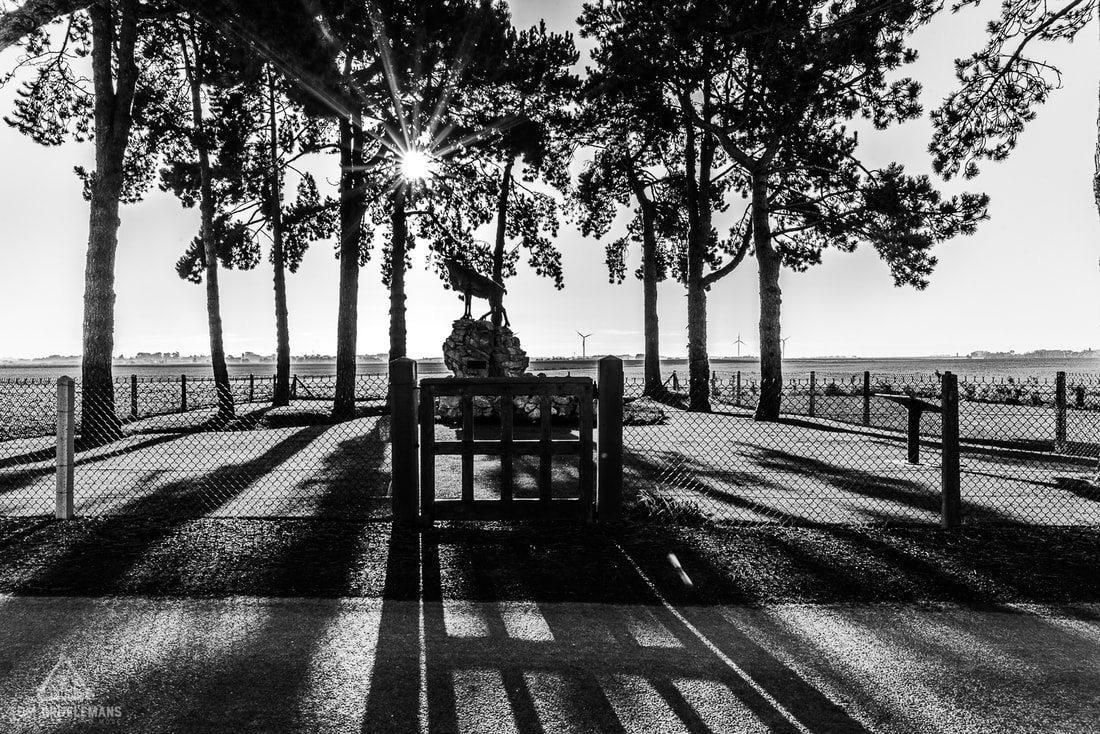
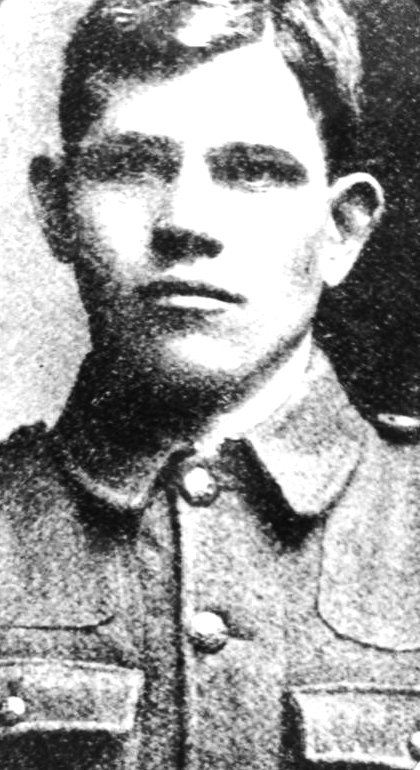
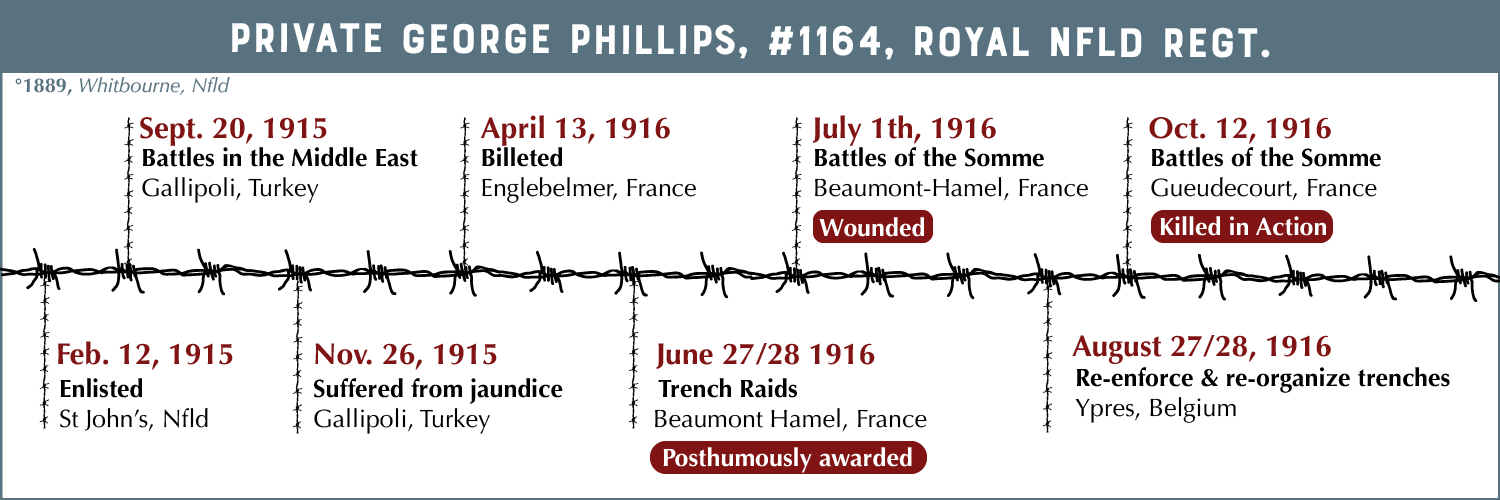
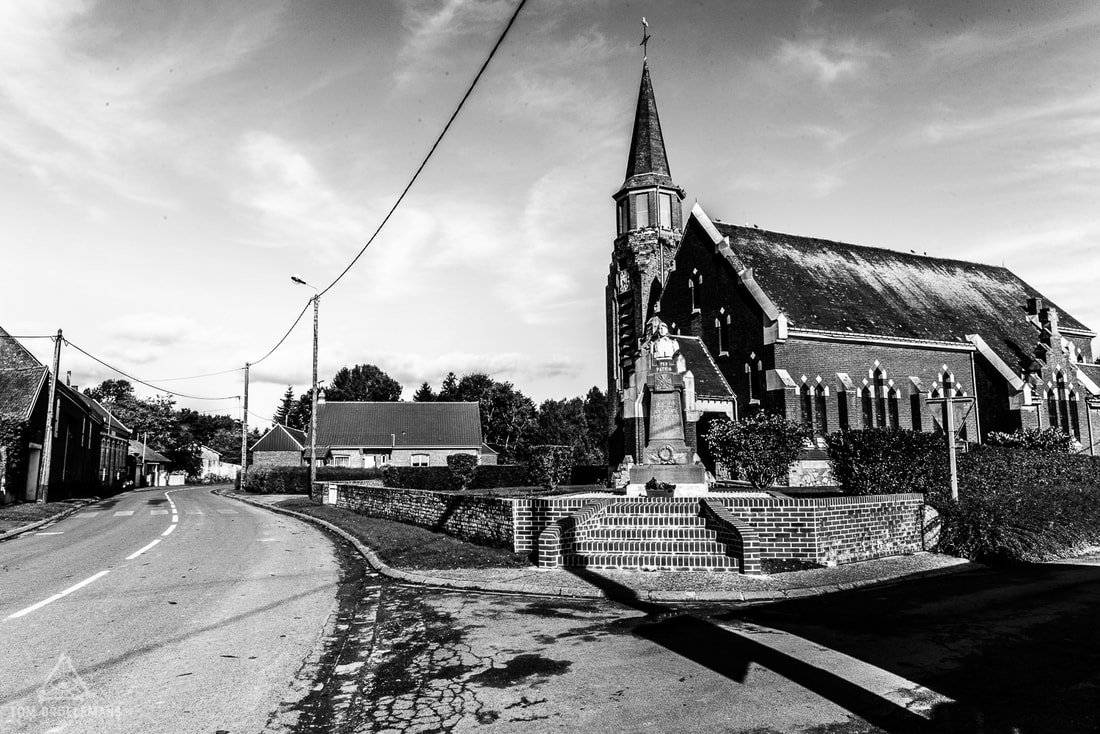
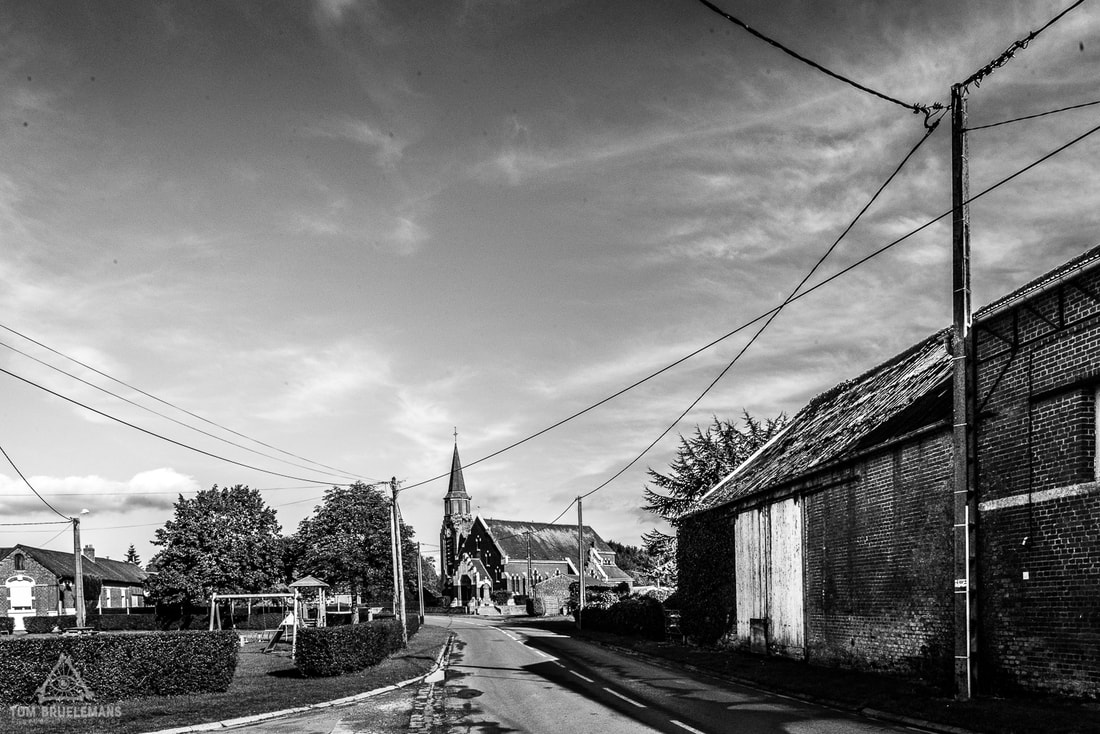
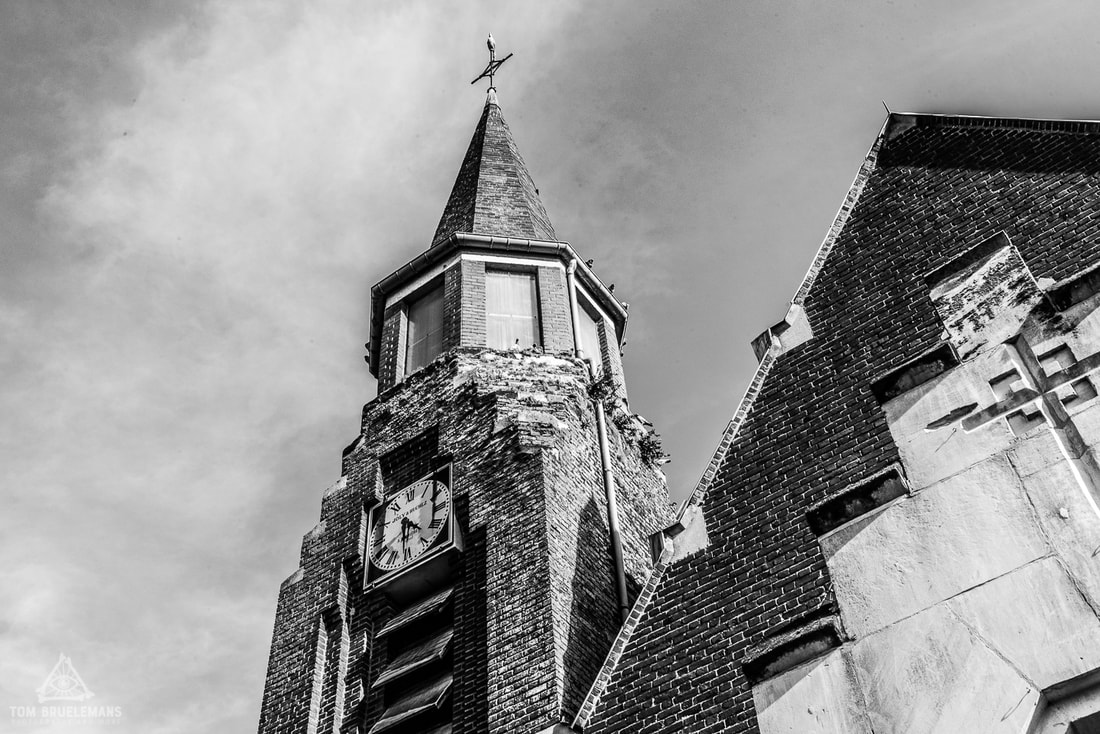
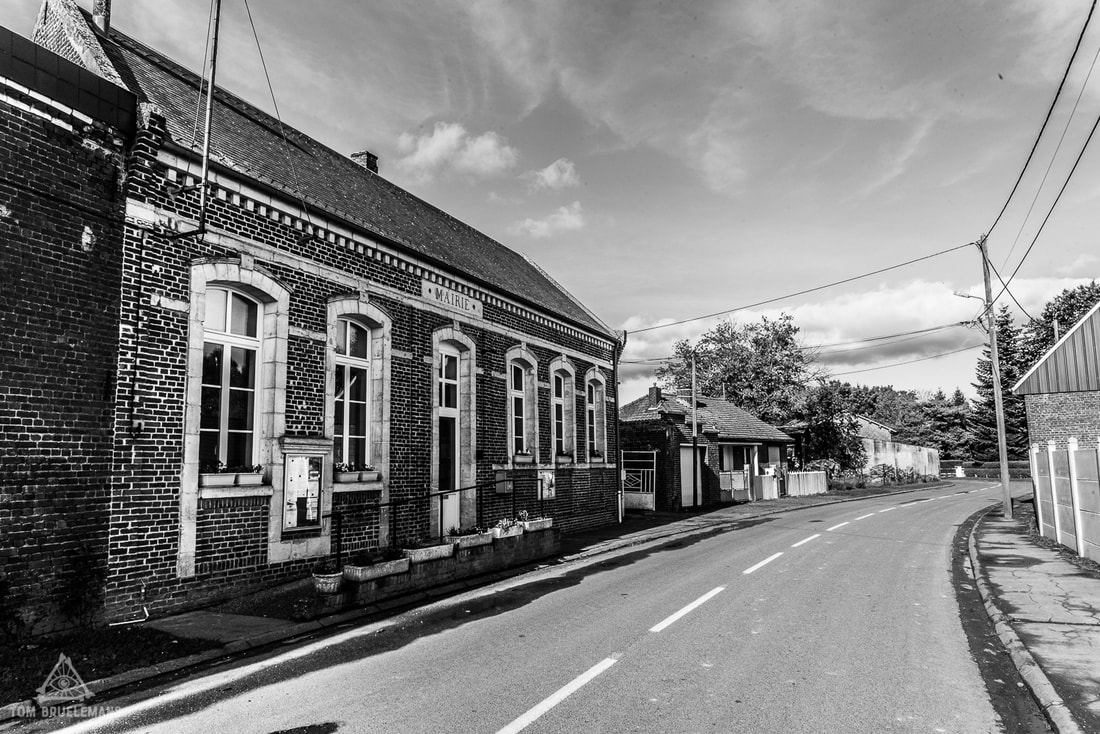
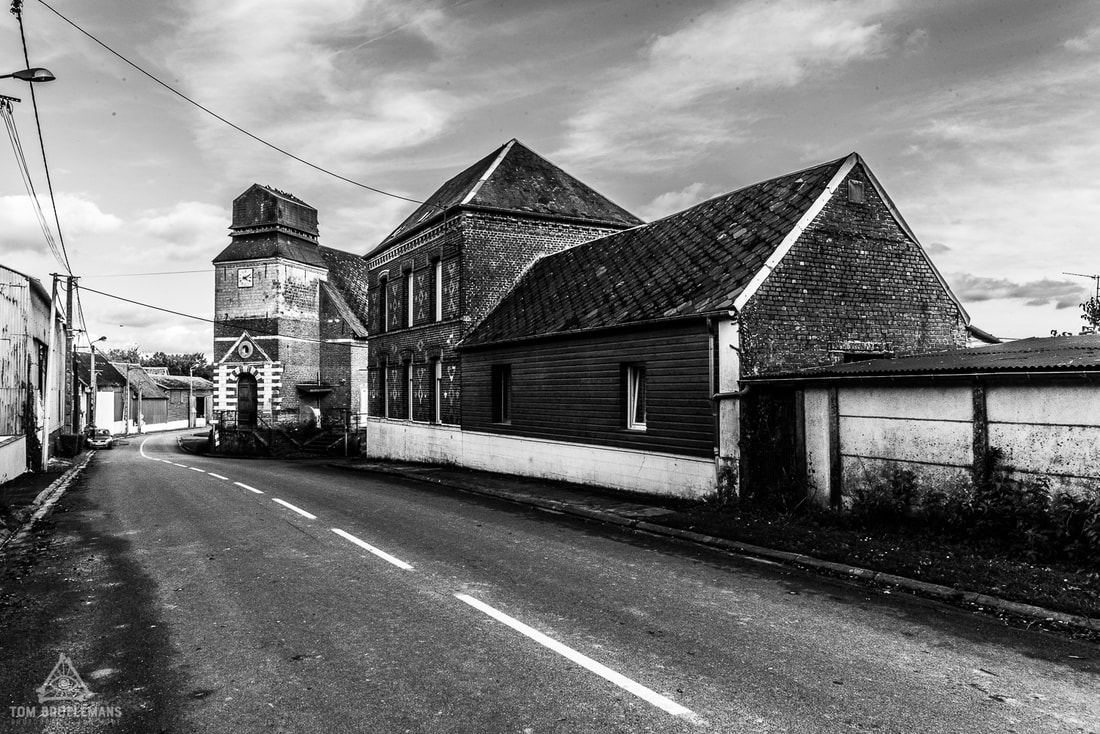
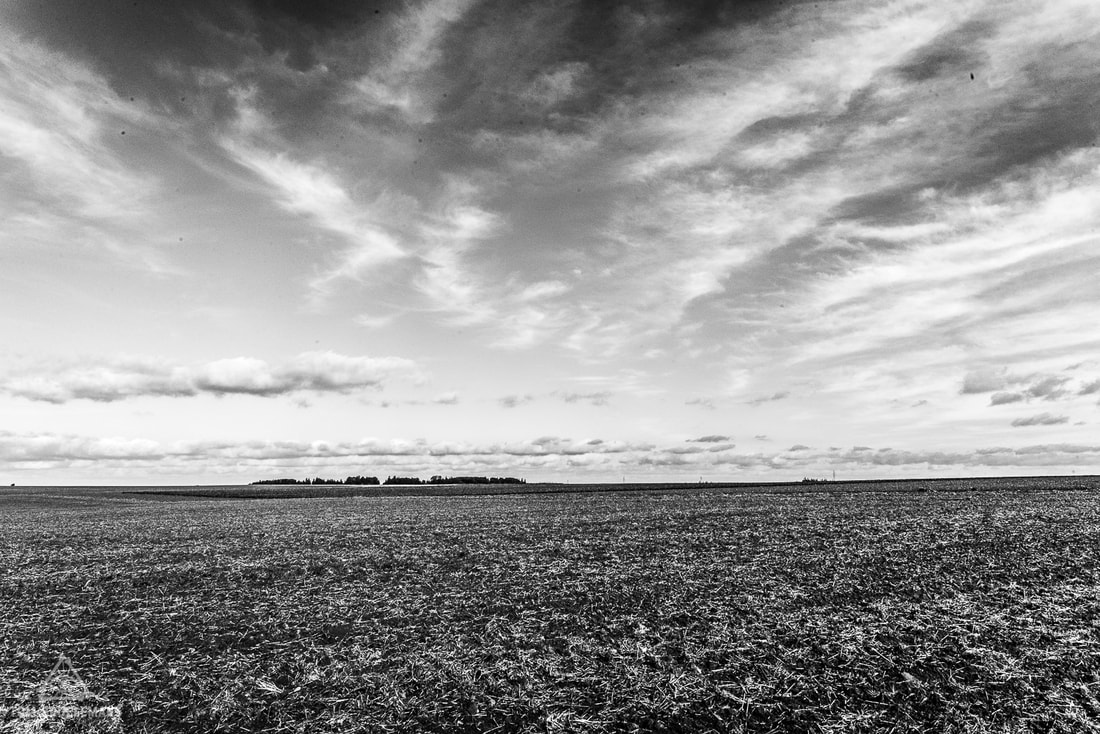
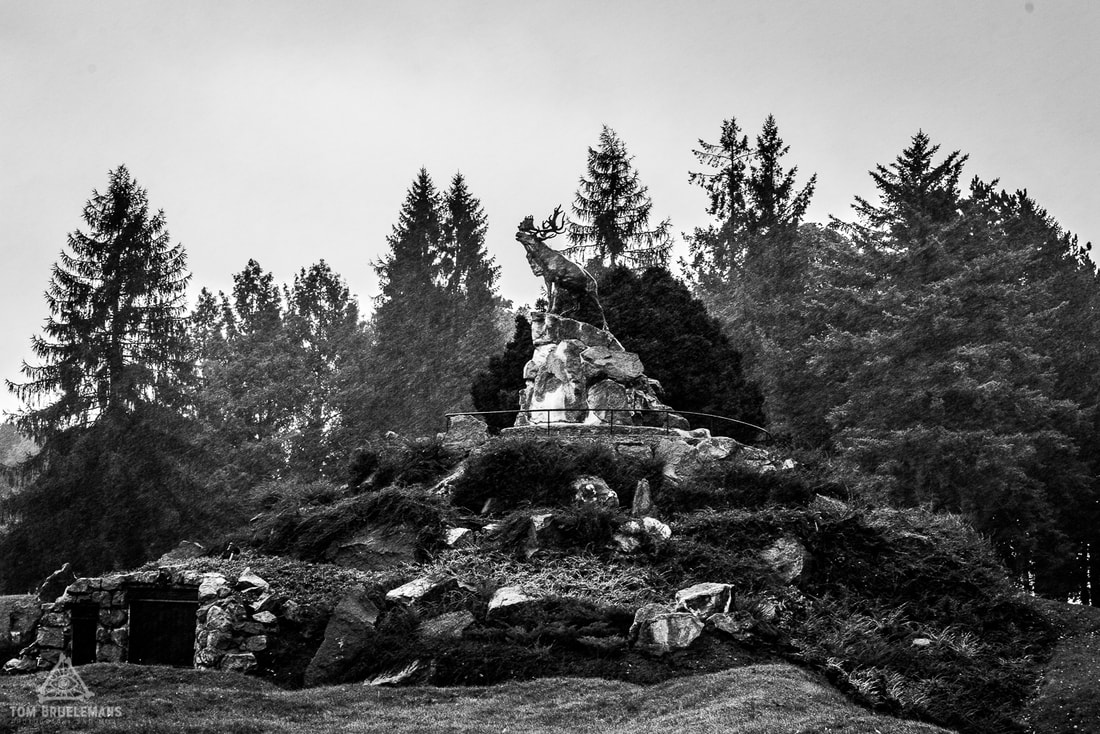
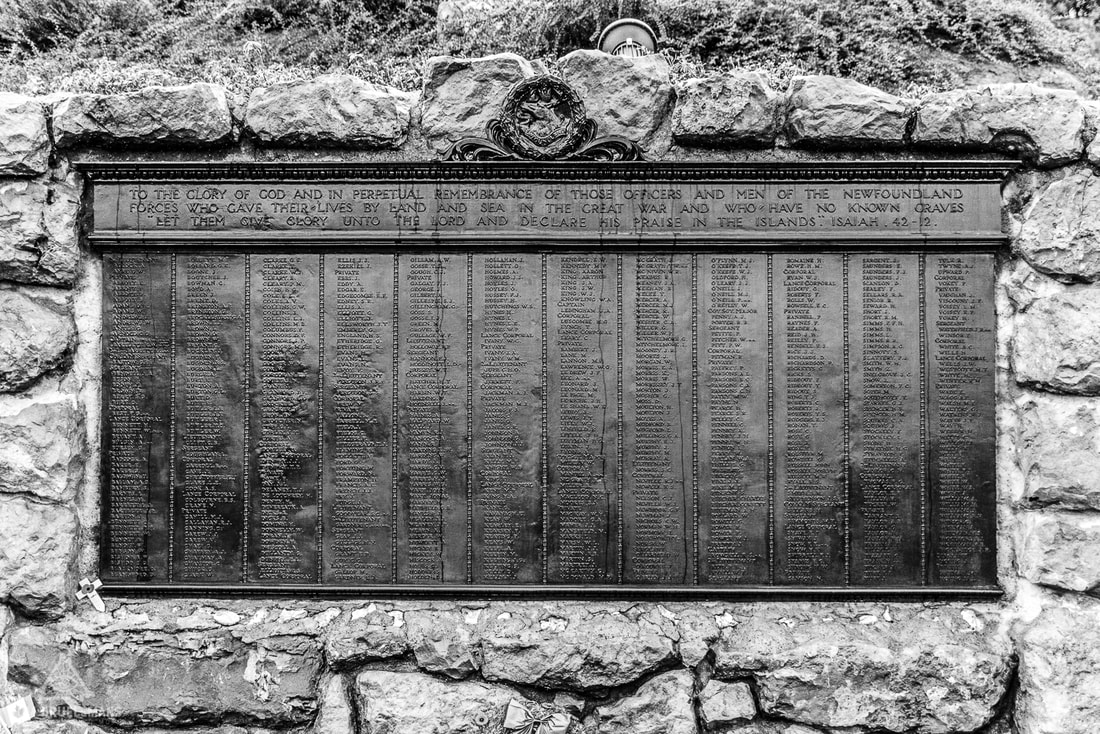
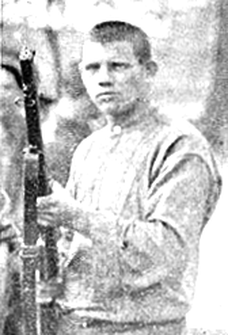
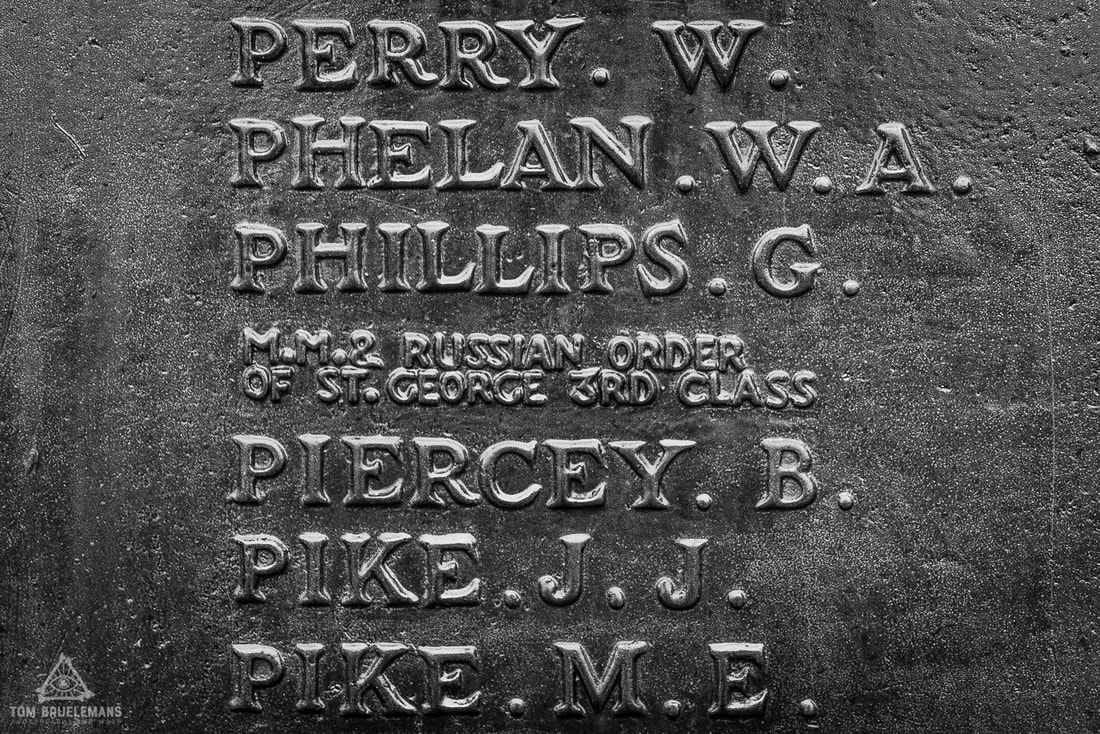
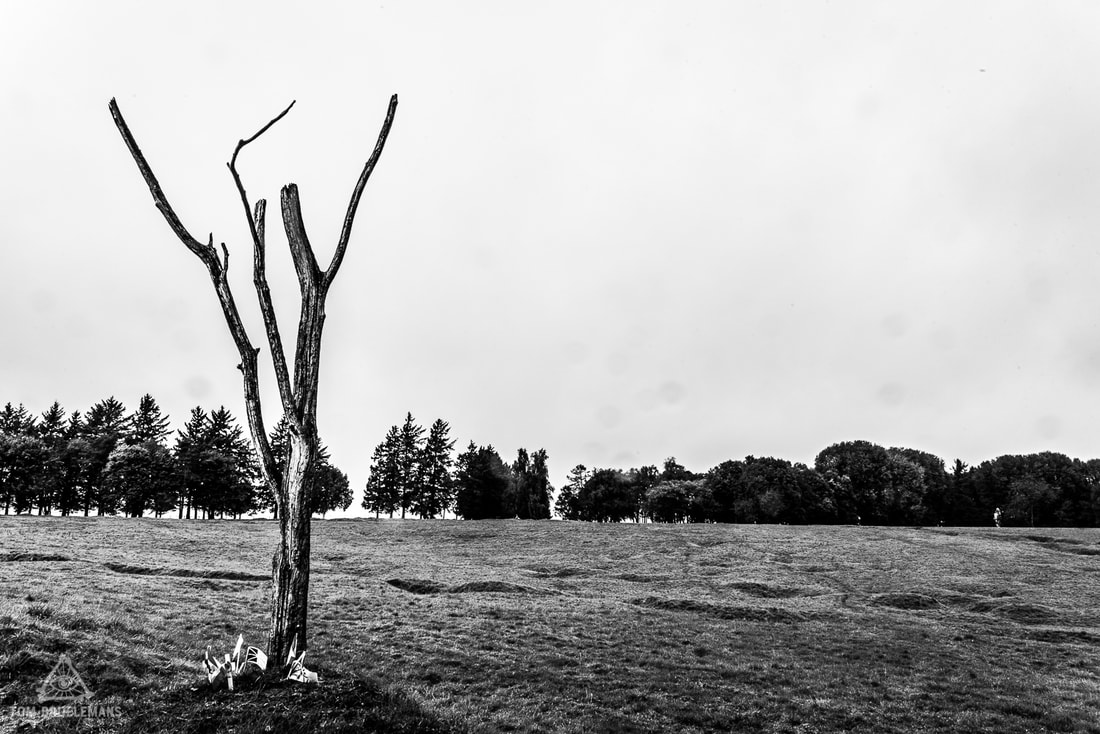
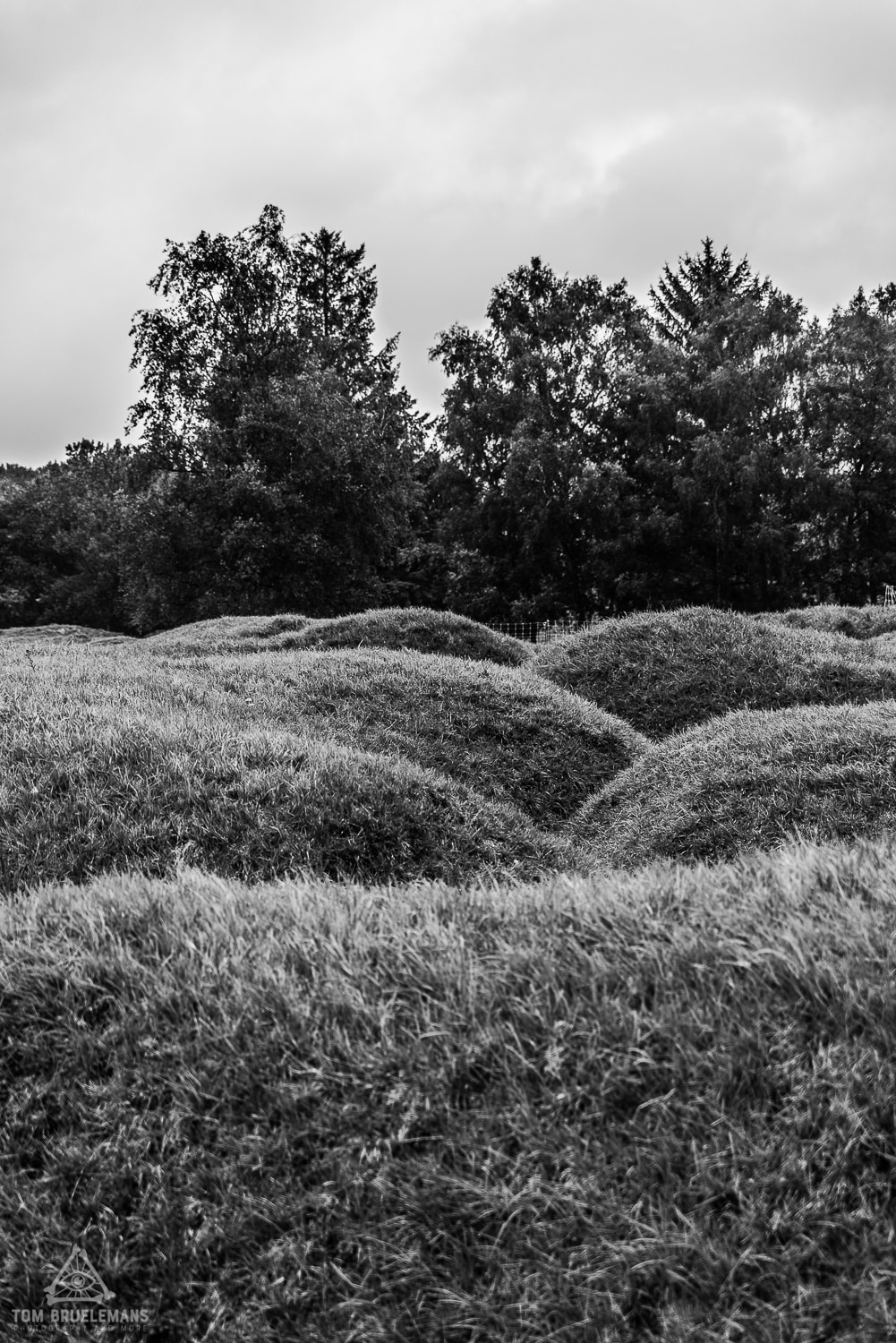
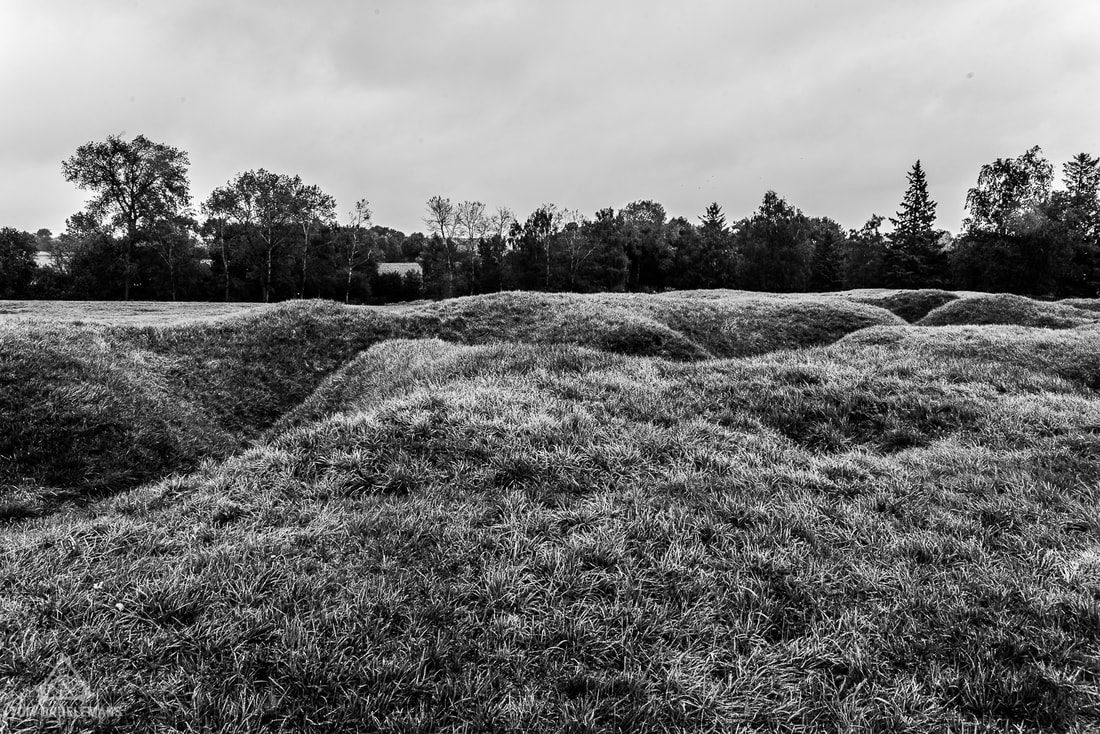
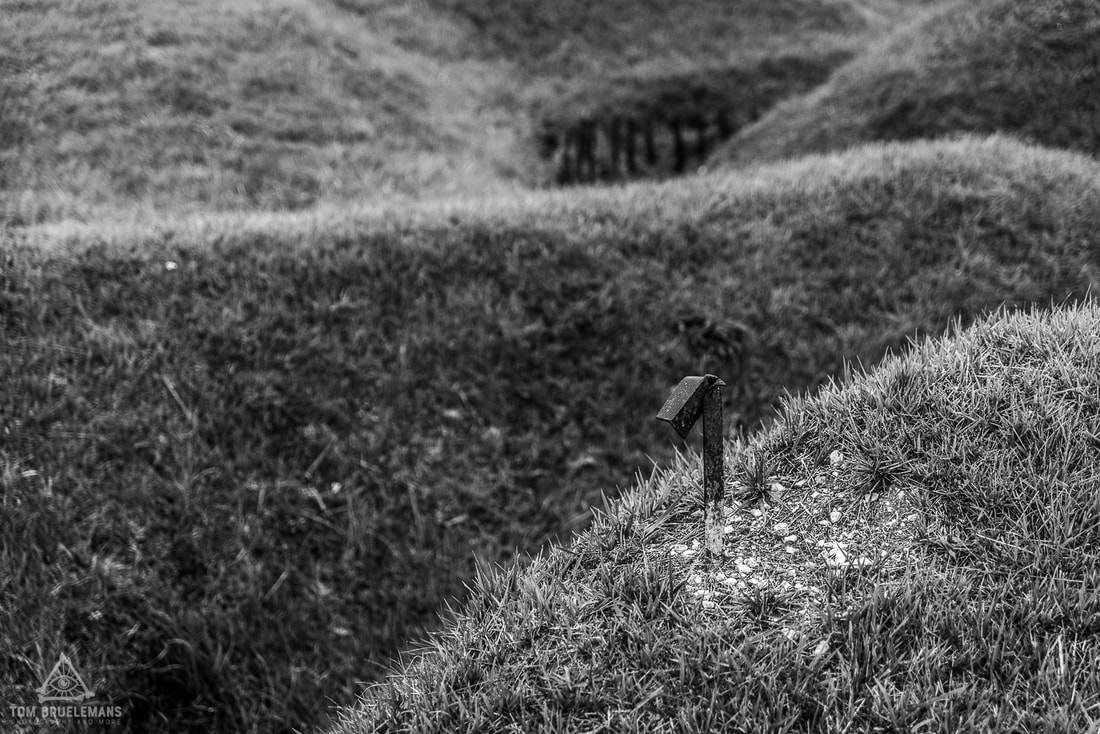
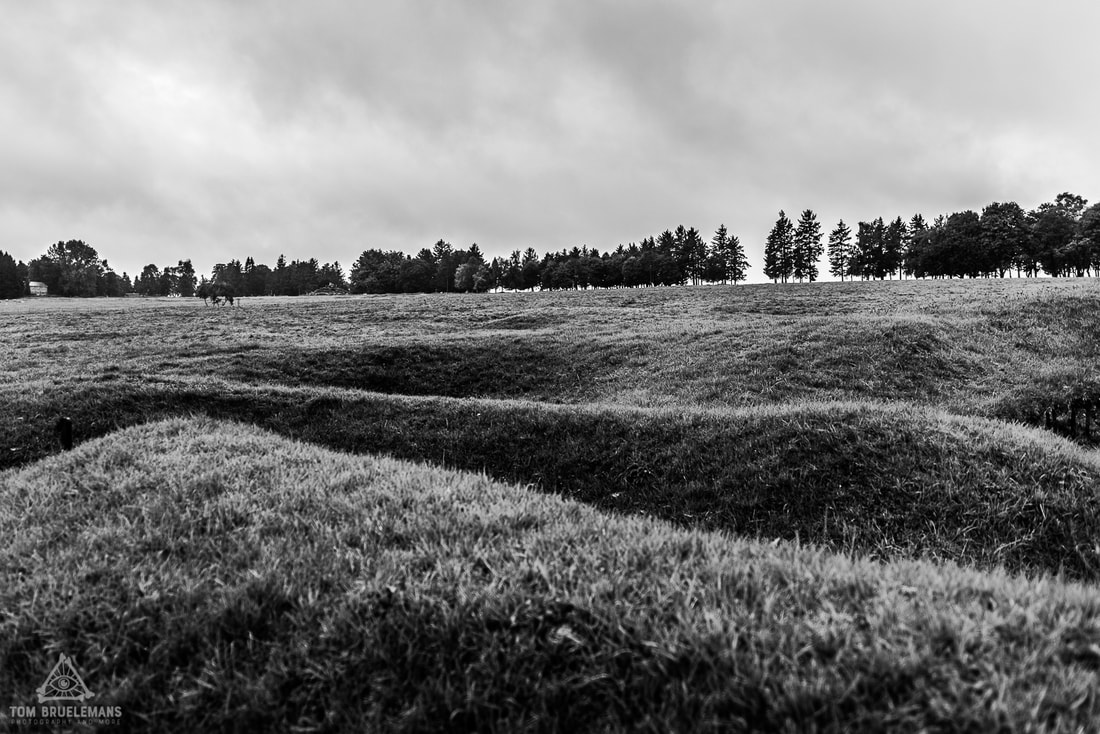
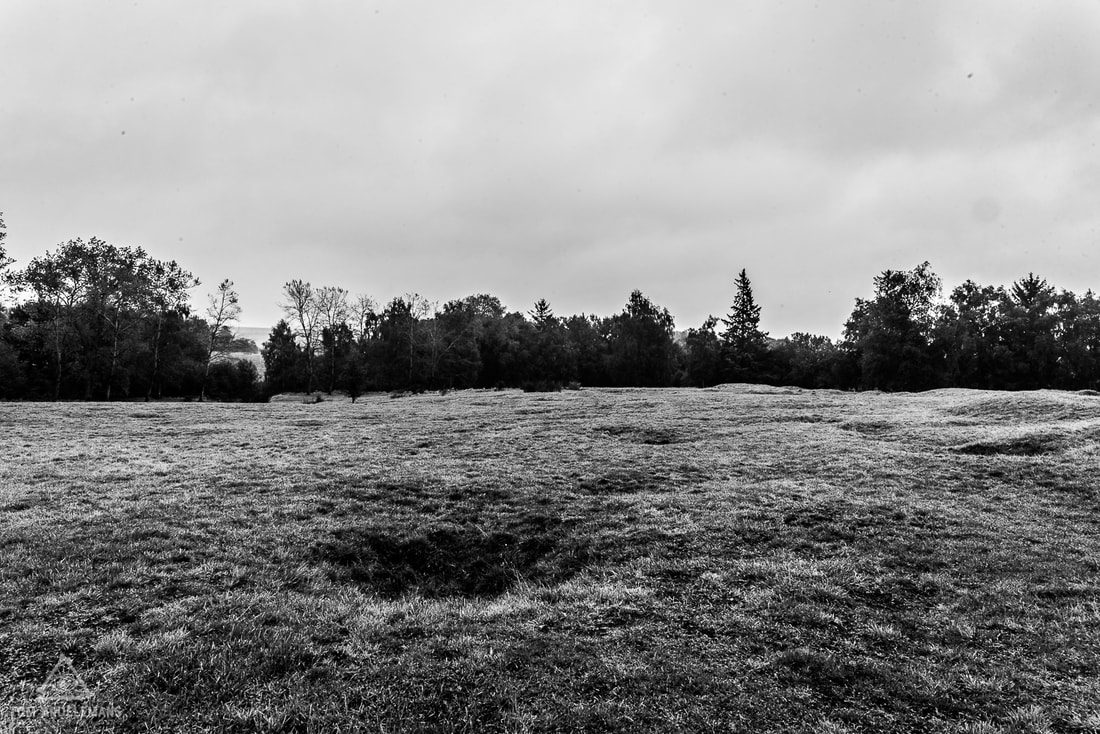
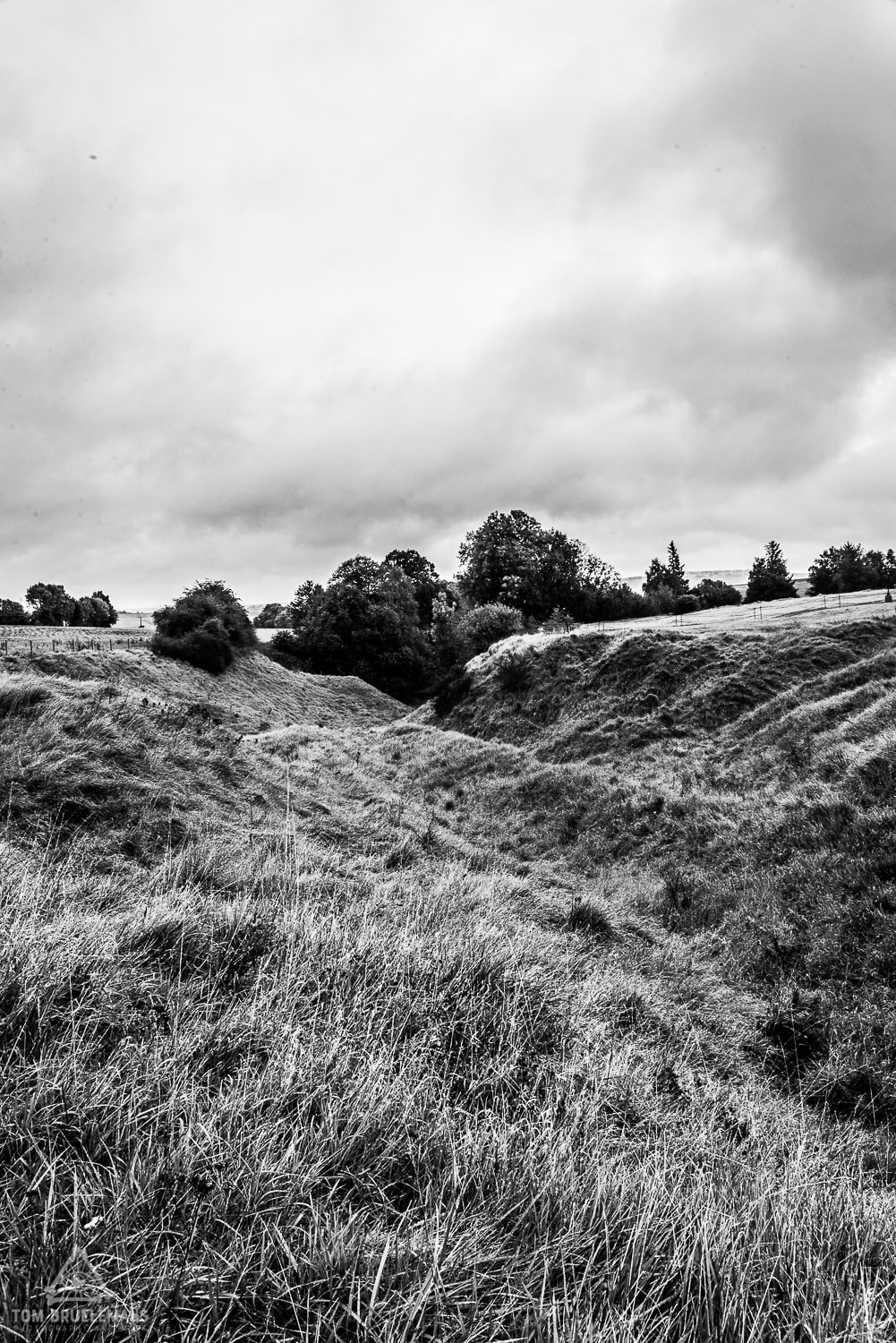
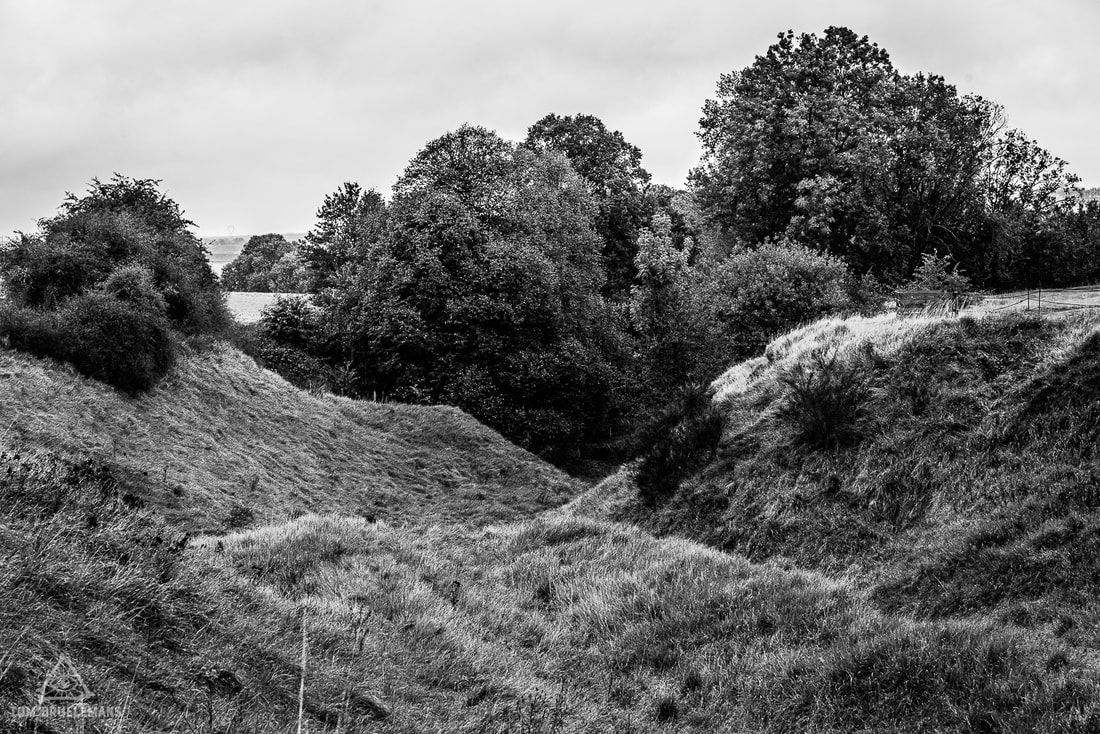
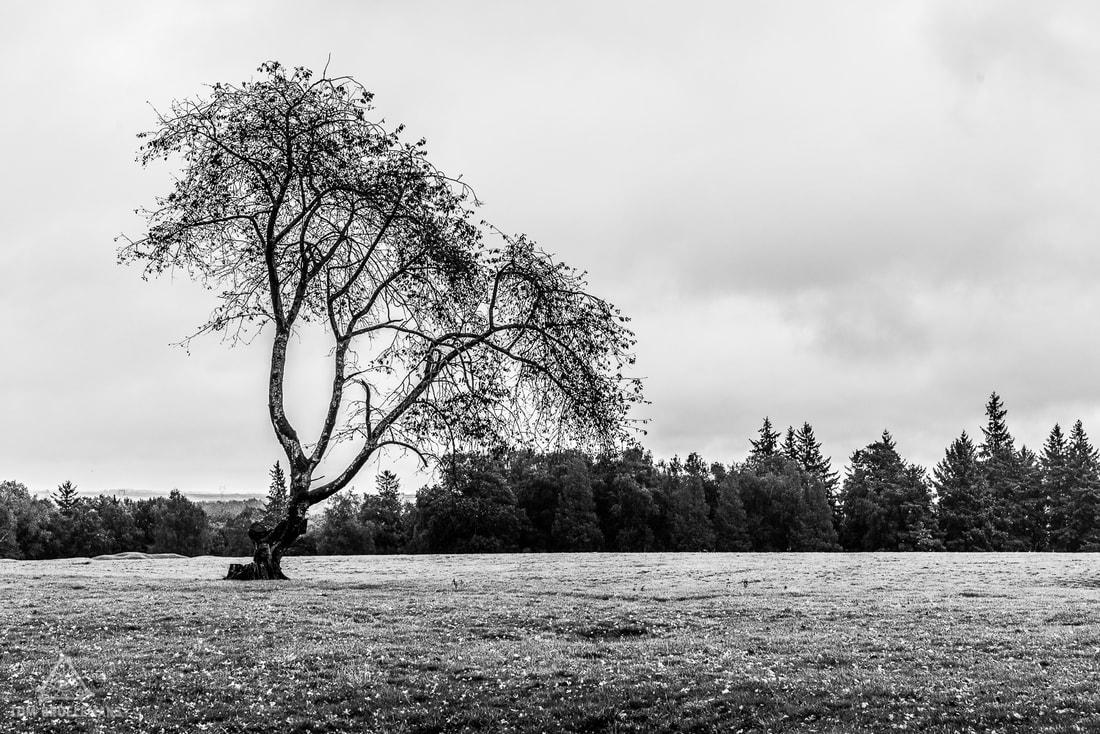
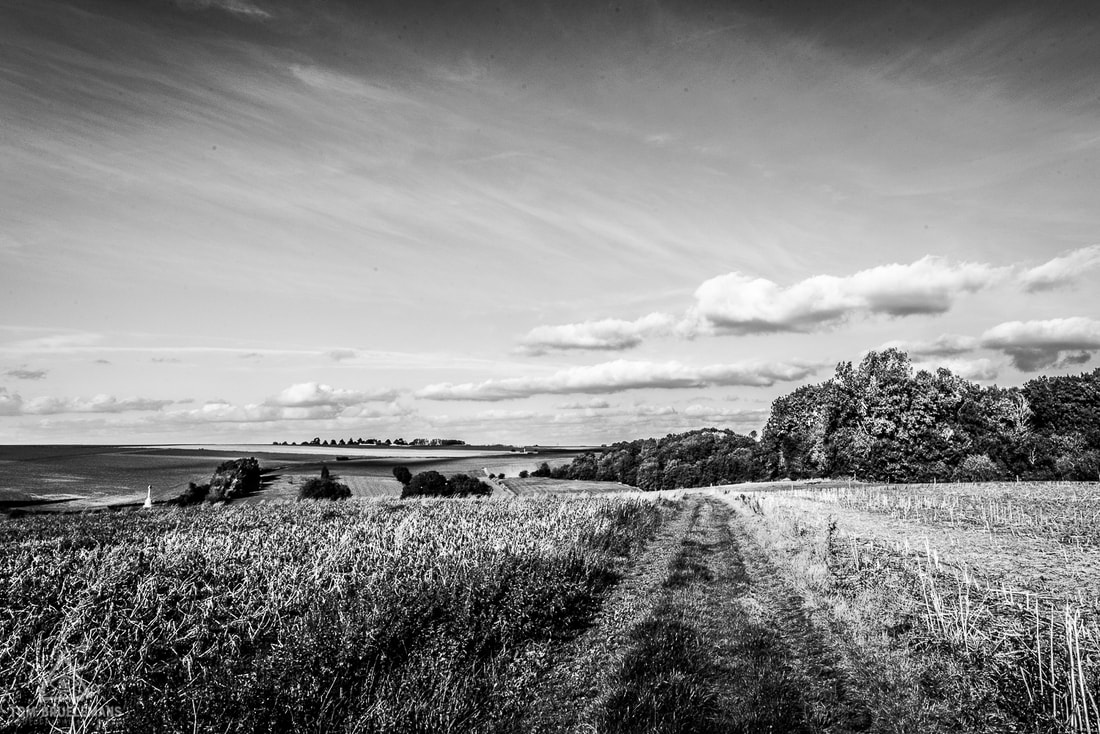
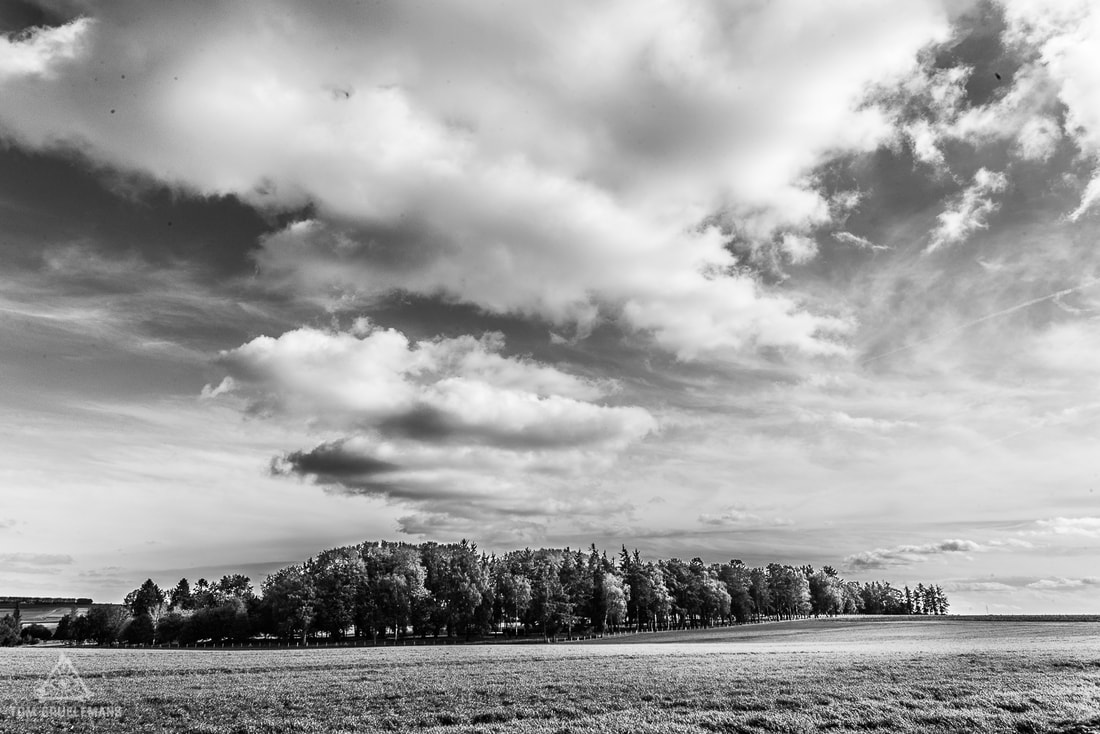
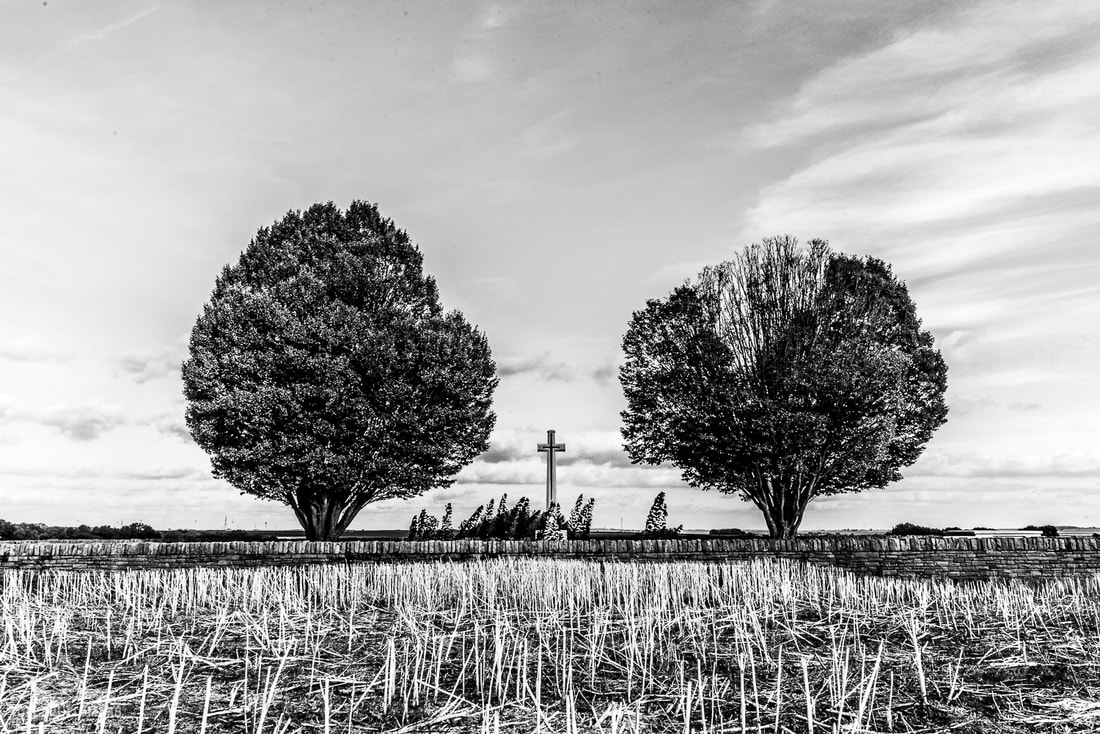
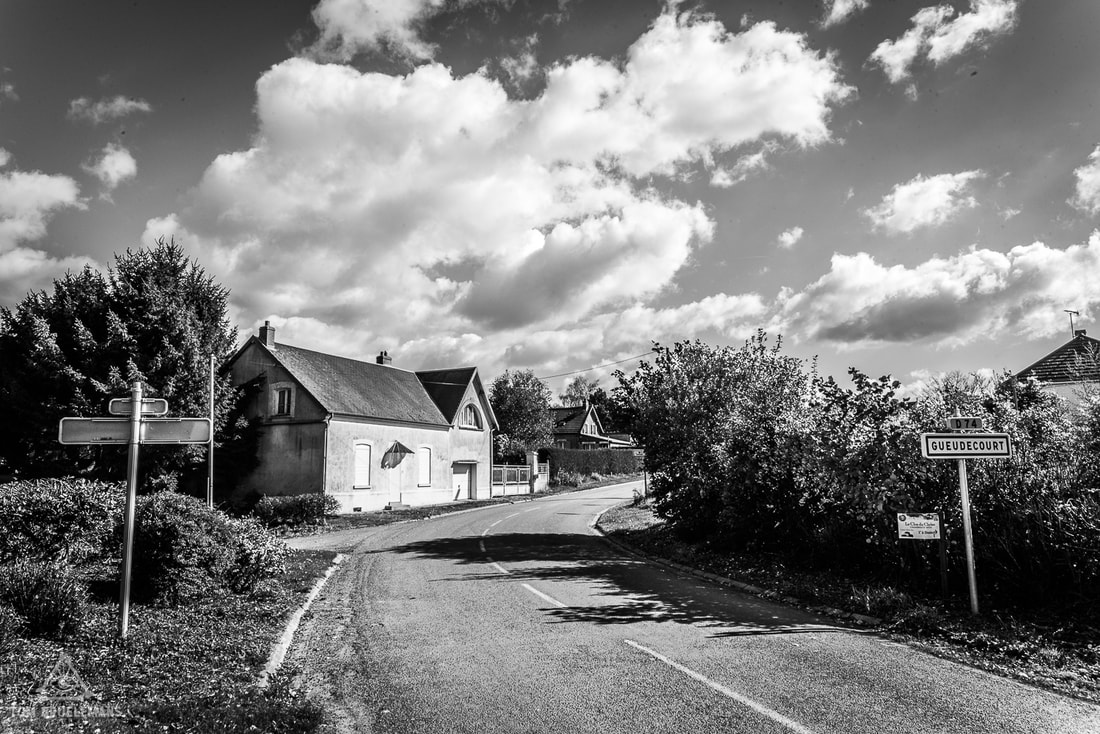
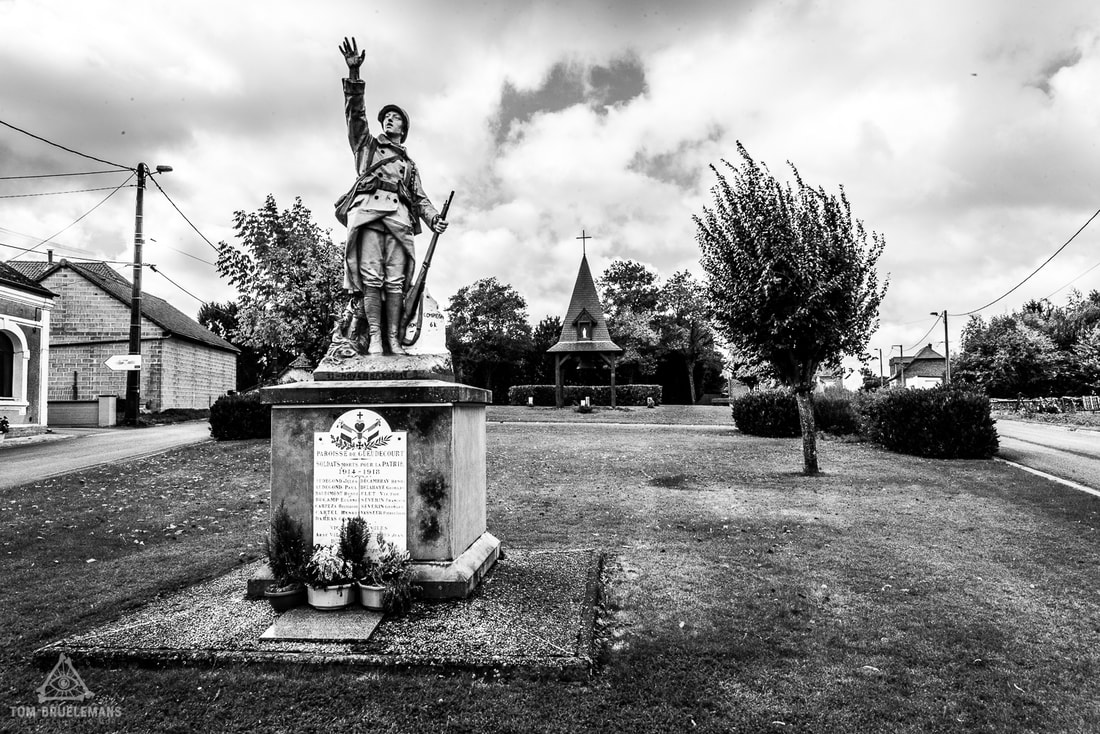
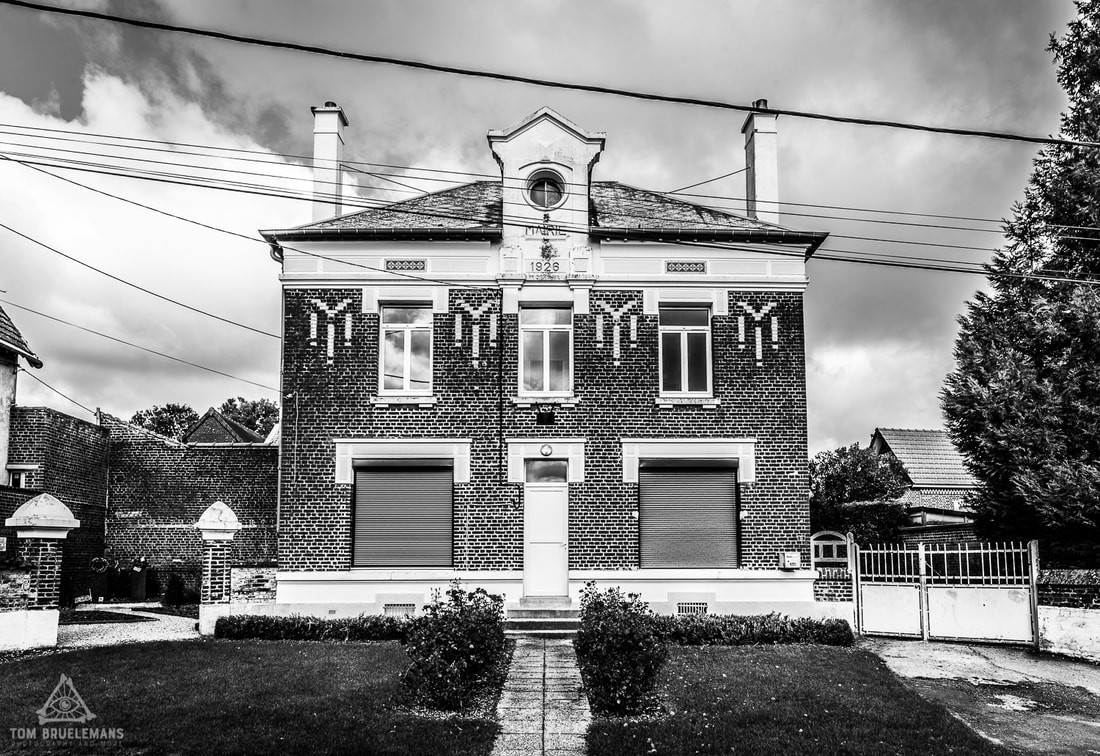
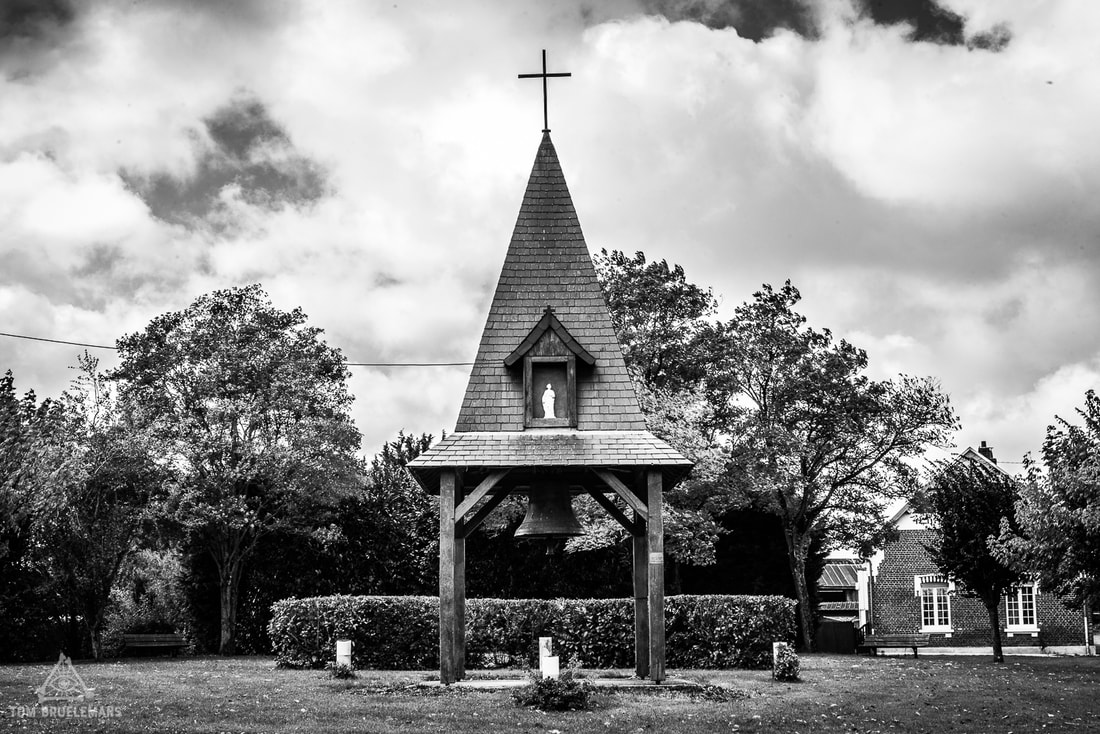
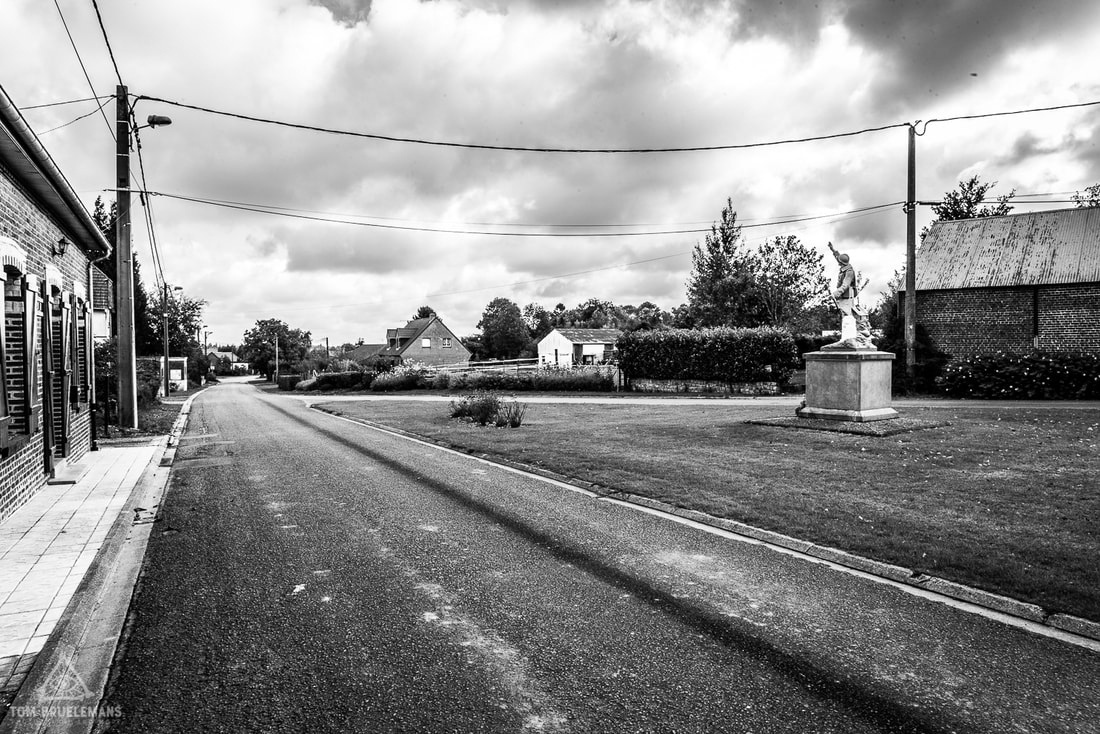
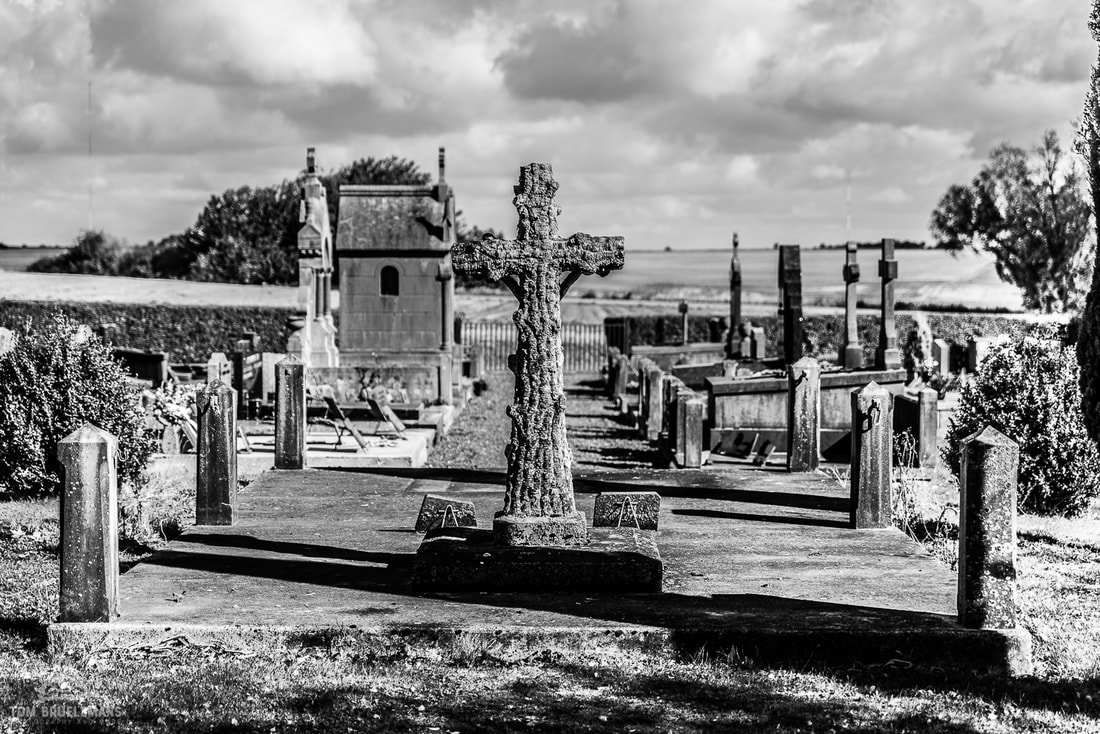
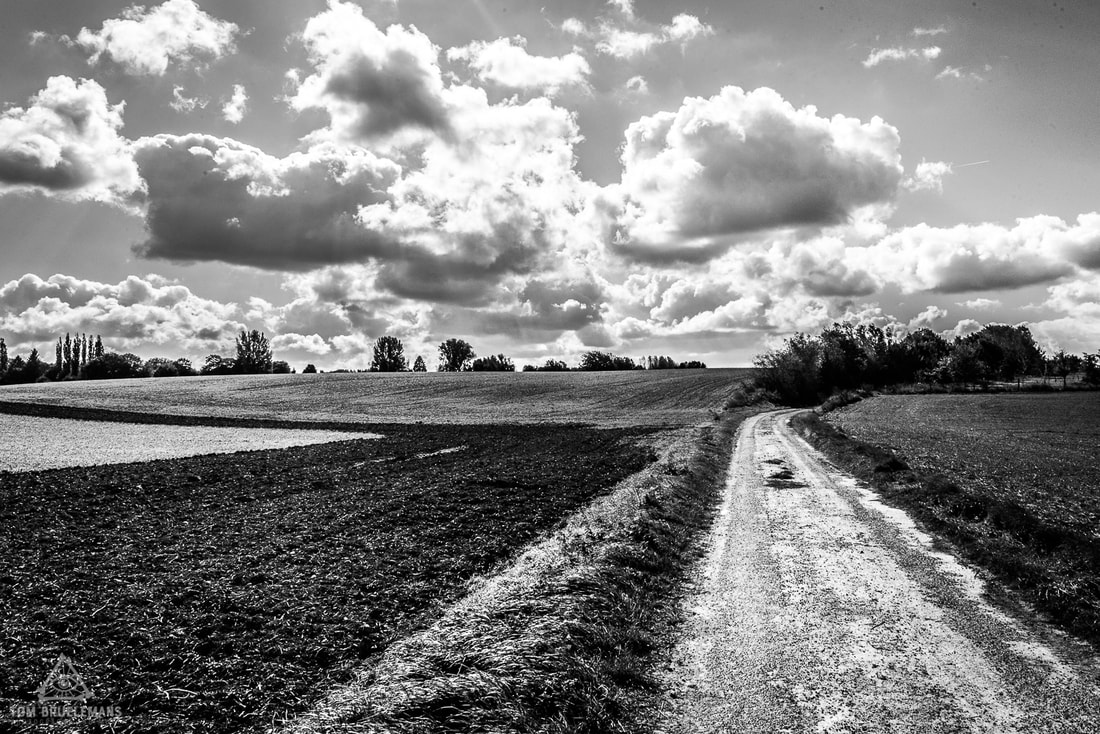
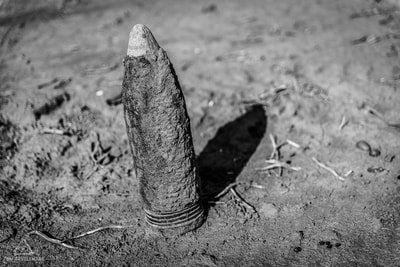
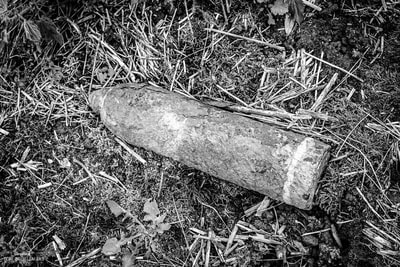
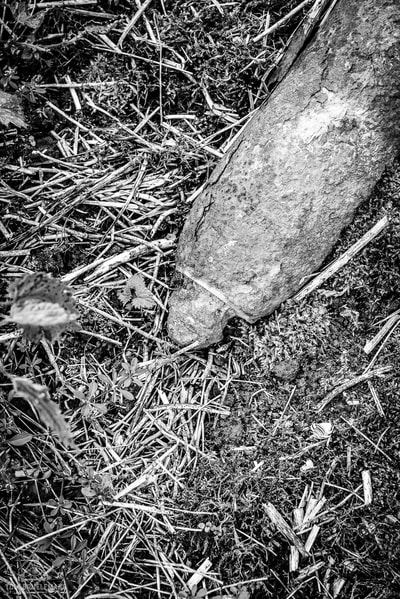
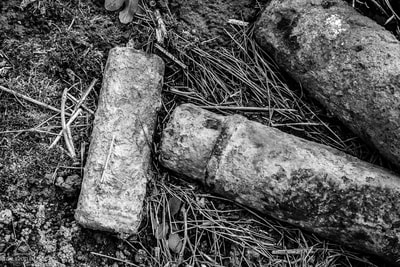
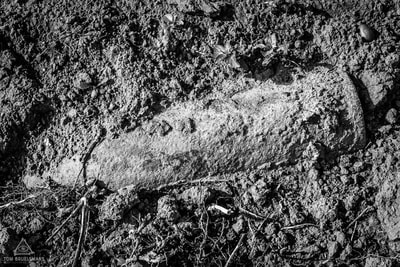
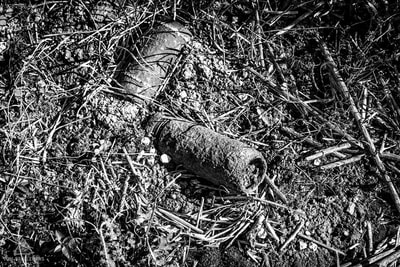
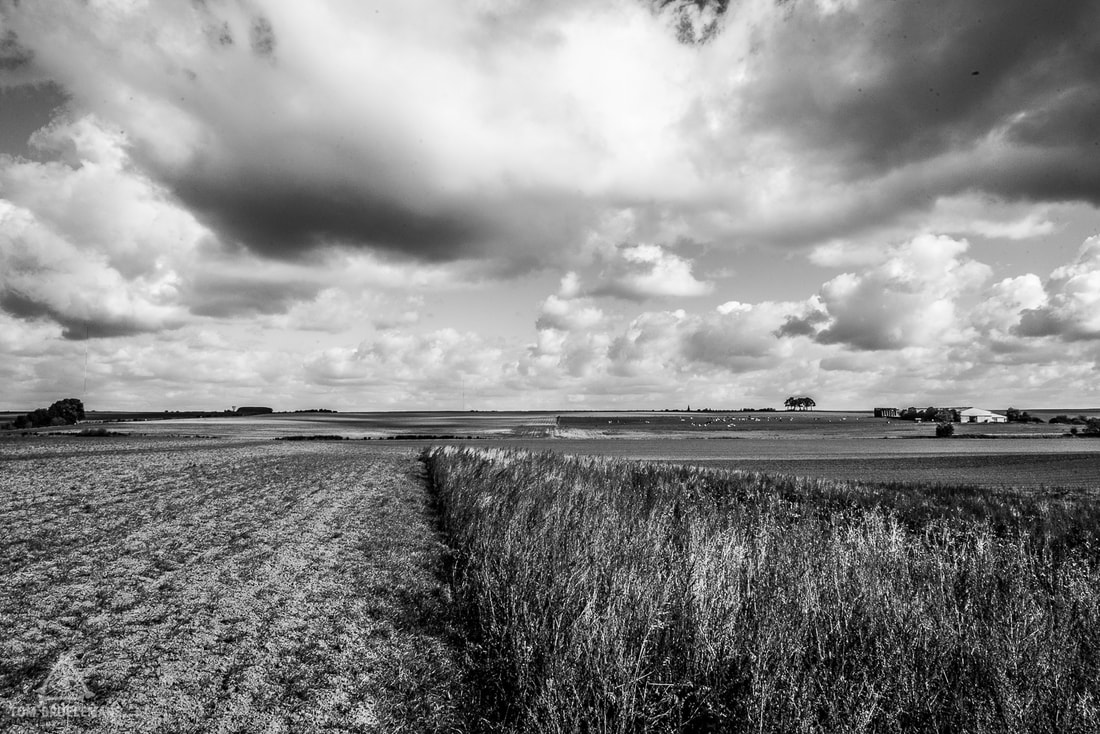
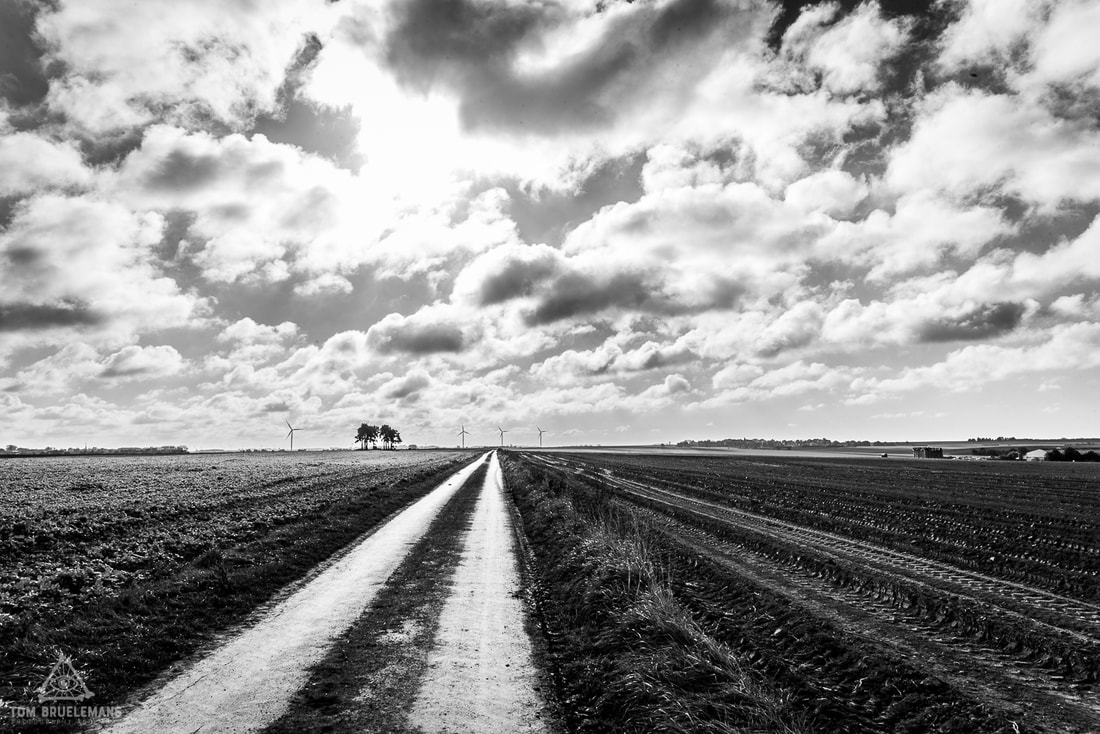
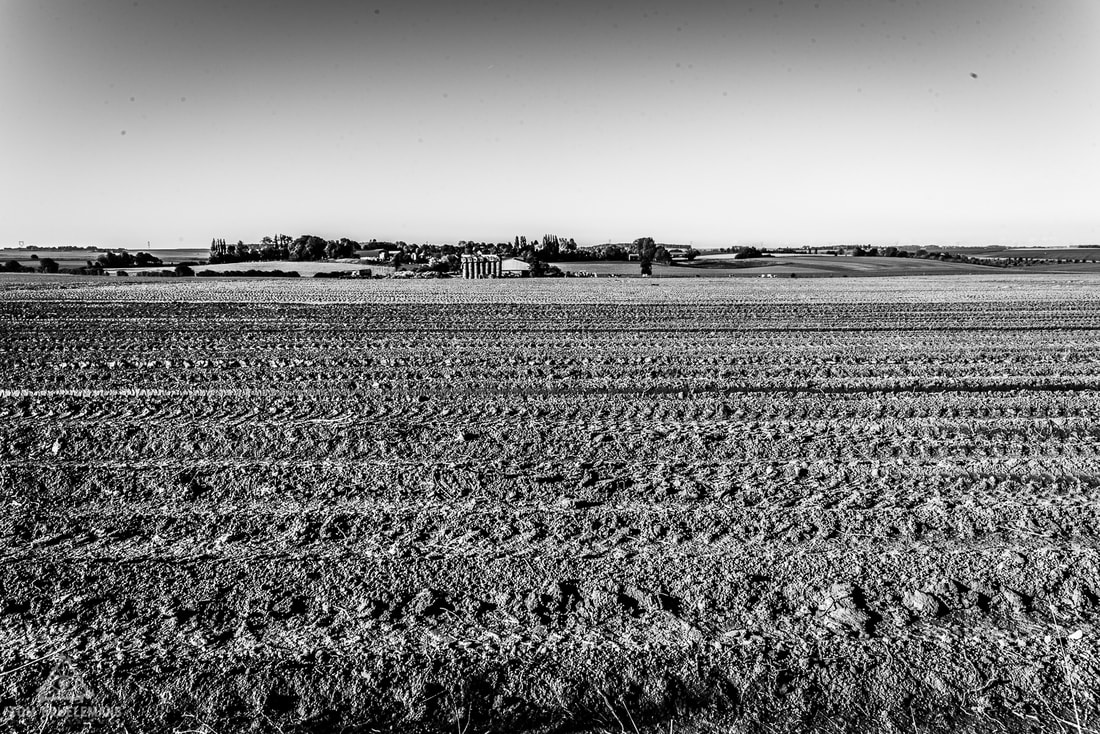
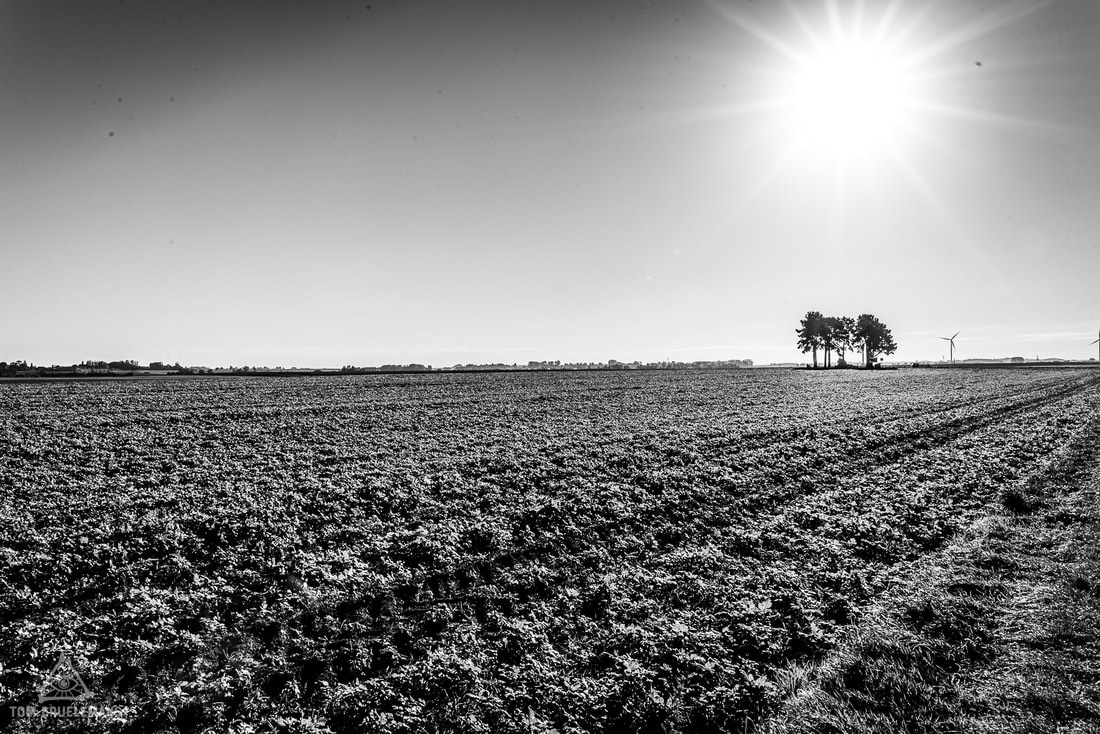
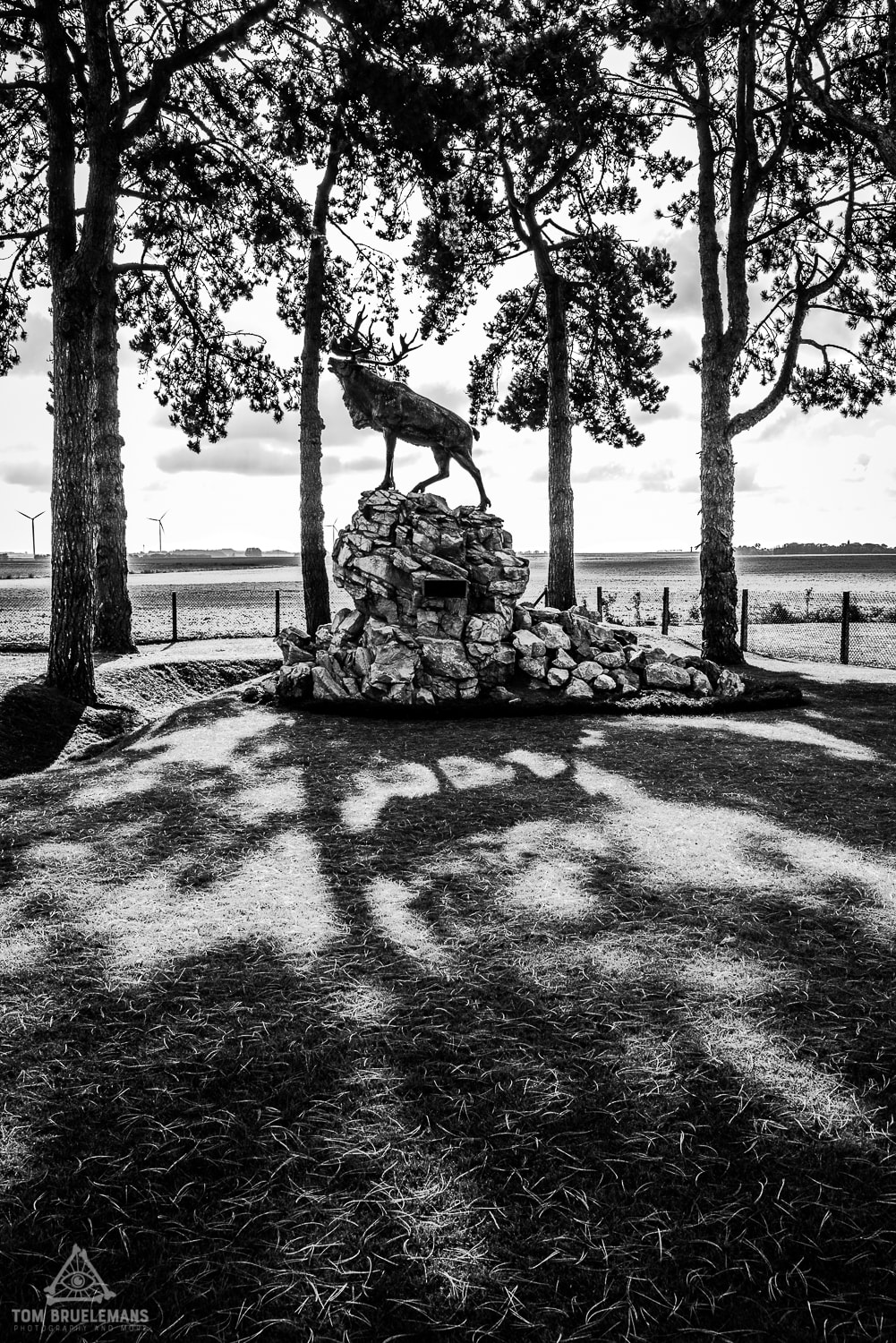
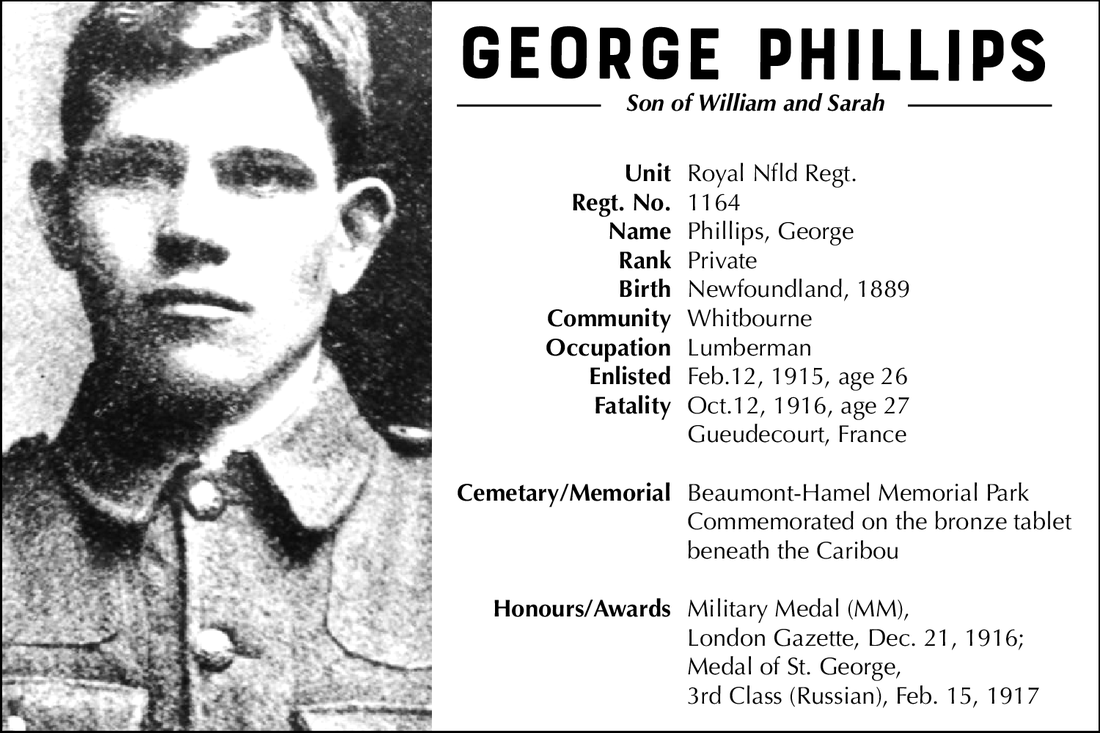
 RSS Feed
RSS Feed
